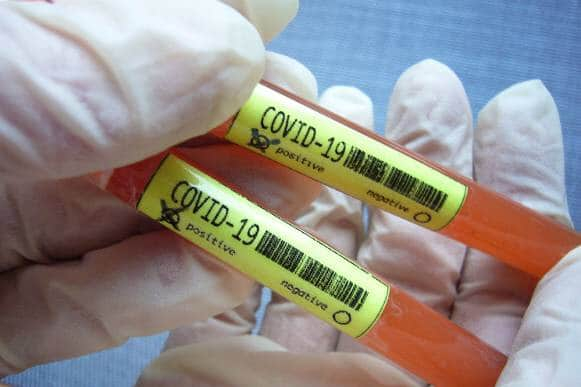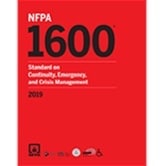
This “Organizational Planning Tips for Pandemic Preparedness” article was taken from the NFPA website and edited for a more international market.
The growth and spread of the coronavirus (COVID-19) infection around the world has everyone on edge.
Businesses, schools, and healthcare institutions are all taking out their pandemic plans from the previous 2009 H1N1 outbreak.
Or, if they didn’t have guidance in place, they are looking to establish continuity or strategic plans just in case COVID-19 threatens to impact their operations
According to WHO reports, COVID-19 is spreading but they don’t mention the rate of spread (as of 23 March, the WHO estimates 332,935 confirmed cases worldwide).
At the moment however, death rates are still mercifully low (as a percentage against cases).
As more testing kits become globally available, there will likely be many more confirmed cases of the virus.
Governments are reacting with various new programs such as social distancing. Hopefully this will slow the spread.
Those diagnostic kits (PCR tests) will also provide a much better epidemiological picture of where COVID-19 is spreading and how it is being transmitted.
Although with social distancing programs and a rise in awareness of symptoms and methods to protect, there is hope that the spread will slow.

In the meantime, it is important to plan for the worst.
Maybe you’re thinking COVID-19 is a medical issue, not a fire incident or emergency response concern, so how can NFPA help us?
The US National Commission on Terrorist Attacks Upon the United States (the 9/11Commission), recognized the NFPA 1600 Standard on Continuity, Emergency, and Crisis Management as the National Preparedness Standard in the US.
Widely used by public, not-for-profit, nongovernmental, and private entities on a local, regional, national, and global basis, NFPA 1600 has been recognized by the U.S. Department of Homeland Security as a voluntary consensus standard for emergency preparedness.
The standard is available on the NFPA website for free viewing, and offers key information for entities who want to conduct a risk assessment, business impact analysis, capabilities and needs assessments, and develop emergency and recovery plans.
Healthcare decision-makers may also find NFPA 99 Health Care Facilities Code helpful; the document provides critical safety information and requirements for isolation spaces, emergency planning, IT and data infrastructure, and more. It’s worth a read.

First thing is to identify the event that you are planning for. Chapter 5 of NFPA 1600 states:
“Crisis management planning shall address an event, or series of events, that severely impact or has the potential to severely impact an entity’s operations, reputation, market share, ability to do business, or relationships with key stakeholders.”
NFPA 1600
In the case of COVID-19, that event is easy to identify. What’s harder to put a finger on is the vulnerability of people, property, operations, the environment, the entity, and the supply chain operations.
The second thing to do is to conduct a business impact analysis. A key facet of this deep dive is evaluating the following:
Third is to assess your resource needs. Here are some things to consider:
Once you have a good picture of the threat, your capabilities, and what you need to continue operations, you can realistically plan.
Businesses and communities will be well-served if they regard the coronavirus as an opportunity for self-evaluation and to either update or create plans that will be needed if the virus continues to spread.
Kiwi Resource Protection is currently working with companies in Thailand to develop business continuity plans and we can also help you too.
NFPA 1600 is a valuable tool for those who are focused on continuity of operations, but bear in mind that planning cannot and should not be done in a vacuum.

Healthcare, as an example, gets a little trickier because facilities service patients.
However, do all operational aspects require workers to be physically present? Would this unnecessarily put them and their loved ones at risk?
These large 480sqm domes are ideal for isolation rooms, quarantine and other uses during the crisis.

As an all-hazards information and knowledge leader, NFPA has worked to help entities and communities address emergencies for a very long time.
When reviewing or developing necessary plans, consult NFPA 99, NFPA 1600, and the NFPA 1600 handbook.
You may also want to consult the NFPA Emergency Preparedness Checklist or contact KRP to learn more about developing emergency plans.